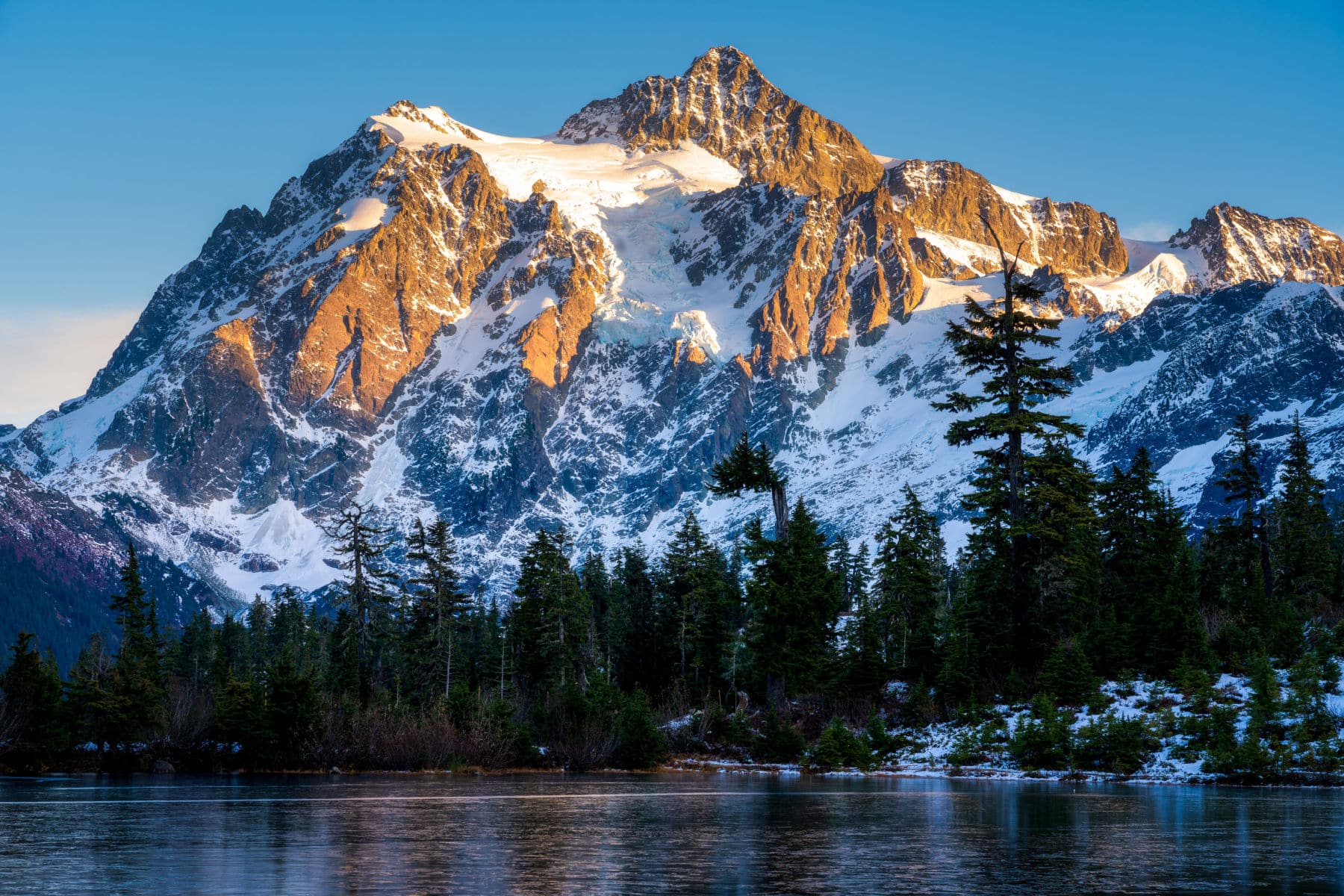
Article Summary: North Cascades National Park Facts
North Cascades National Park Facts! In this article, we provide you with 11 amazing facts about one of America’s most magnificent national parks.
More Than Just Parks is your one-stop-shop when it comes to learning everything you’ll need to know about America’s national parks. We’ve got expert guides, beautiful photos, helpful tips, breathtaking films and so much more.
I’ve been to so many of these amazing places since retiring from teaching in 2018. Did I mention that I taught history? I spent a lifetime teaching about the history behind some of these natural wonders. Then I got to see them firsthand. And now I’m sharing some of the incredible stories about these beautiful places with you. It doesn’t get any better than that!
More Than Just Parks takes a deeper dive with its national park facts. We’ve done our homework so that you’ll get more than you bargained for.
Without further ado, let’s dive in.
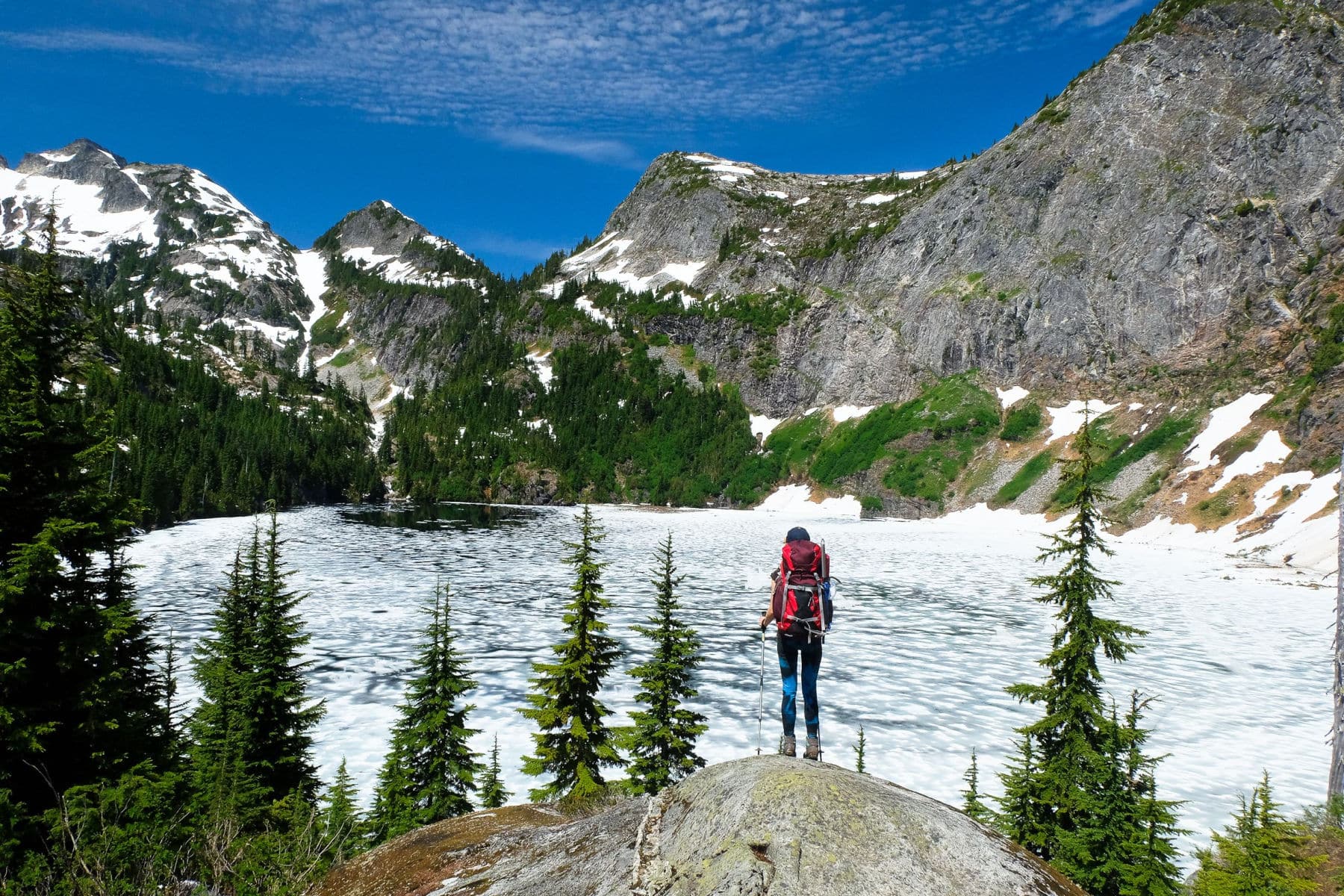
Table Of Contents: North Cascades National Park Facts
North Cascades National Park Facts
- Facts About North Cascades National Park
- North Cascades National Park Facts
- Top 5 North Cascades National Park Facts
- 1. North Cascades Features 260 Prehistoric Sites
- 2. The Earliest Peoples To Inhabit The Area Included Four Groups Of Native Americans
- 3. A Scottish Explorer Was The First Non Indigenous Person Known To Have Visited North Cascades
- 4. The First Proposal To Establish A National Park Was In 1892
- 5. A Renowned Painter Was The “Father Of North Cascades National Park”
- Top 11 North Cascades National Park Facts
- 6. The Earliest Advocates For A National Park At North Cascades Included A Conservation Legend
- 7. Goode Mountain Is The Tallest Mountain In The North Cascades
- 8. At North Cascades, You’ll Find Wildlife That’s Less Common Than In Other Parts Of Washington
- 9. North Cascades Has More Plant Species Than Any Other National Park
- 10. North Cascades Has More Than 300 Glaciers
- 11. North Cascades National Park Is Renowned For Its Climbing Terrain
- Why Trust Us About North Cascades National Park?
- Meet The Parks Brothers
- Map Of North Cascades National Park
- We Hope You’ll Follow Our Journey
- Top 5 North Cascades National Park Facts
Facts About North Cascades National Park
Some Basic Facts About North Cascades National Park
North Cascades National Park is located in the state of Washington. The park is known for its rugged, mountainous landscape and is home to a diverse array of plant and animal life.
It’s located in the North Cascades Mountain Range, which is part of the Cascade Range that stretches from southern British Columbia to northern California.
It’s home to a number of glaciers, including the largest concentration of glaciers in the contiguous United States. These glaciers, along with the park’s high elevation, contribute to a unique and diverse ecosystem.
The park is also home to a wide variety of plant and animal life, including many rare and endangered species.
In addition to its natural beauty, North Cascades National Park is also a popular destination for outdoor recreation. The park offers a variety of activities, including hiking, rock climbing, and backpacking.
It also has a number of developed campgrounds and facilities for visitors.
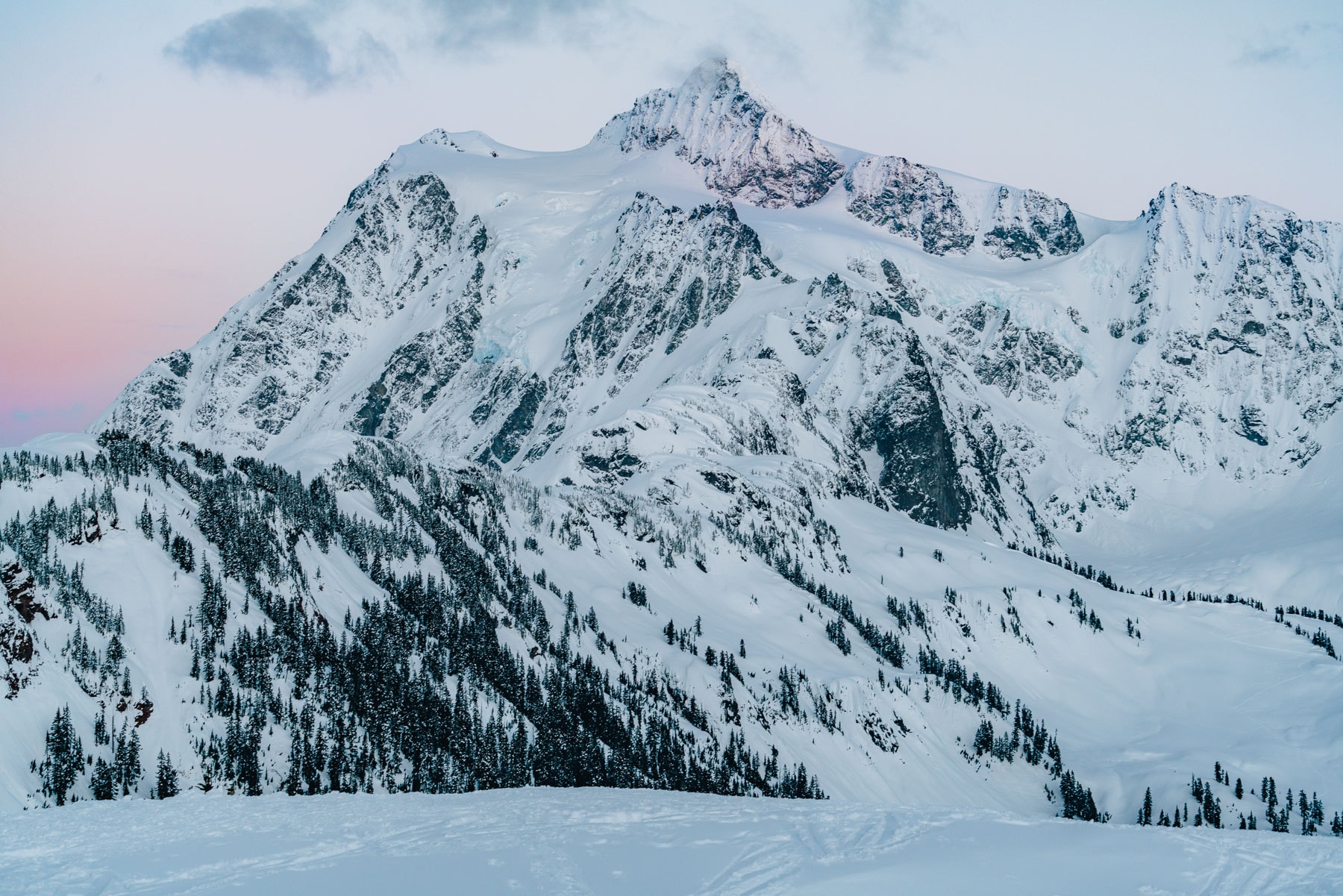
Here Are Some Of The Basic Facts
- Location: Washington
- Acreage: It is a “park complex,” composed of a national park (505,000 acres) made up of northern and southern units, and two national recreation areas.
- Highest Elevation: Within the park boundaries, Goode Mountain is the tallest at 9,220 feet.
- Lowest Elevation: The lowest elevation found in North Cascades is 605 feet at Goodell Creek.
- Climate: The climate west of the Cascade Mountains is influenced by the proximity of the Pacific Ocean. Winters are mild, and rainfall is frequent and at times heavy. Snowfall is rare west of the Cascades except at the higher elevations of those mountains and in the Coast Range.
- When Did It Become A National Park: On October 2, 1968, after a lengthy and controversial struggle, Congress protected around 700,000 acres of this range, some of the nation’s finest alpine wilderness, as North Cascades National Park.
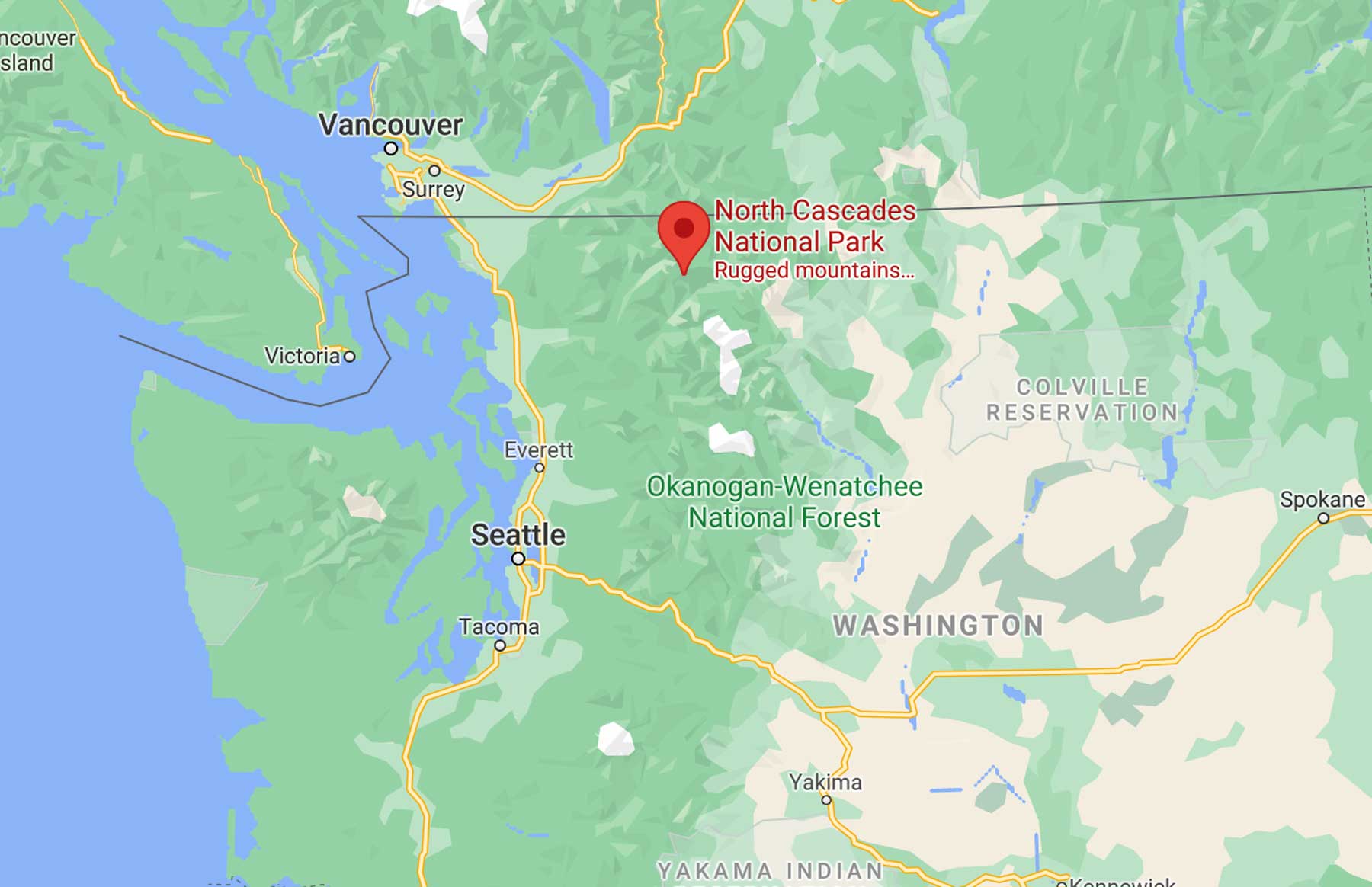
CHECK OUT: Washington’s National Parks Ranked Best In The World
North Cascades National Park Facts
Top 5 North Cascades National Park Facts
1. North Cascades Features 260 Prehistoric Sites
North Cascades National Park is simply chock full of fascinating facts. As a retired history teacher and lifelong history buff, one of my favorite North Cascades National Park Facts has to do with the discovery of ancient archaeological sites.
According to the National Park Service, even the most rugged and remote areas of the park contain sensitive archeological resources.
Currently, 260 prehistoric sites have been identified, some dating older than 8,500 years.
As a result of these studies, it is now widely recognized that the extensive subalpine landscape of the North Cascades contributed importantly to Northwest Coast Indian economies.
Historic archeological sites include mines and mining camps, fire lookouts, sheep herder camps, sawmills, homesteads and a “lost” hotel.
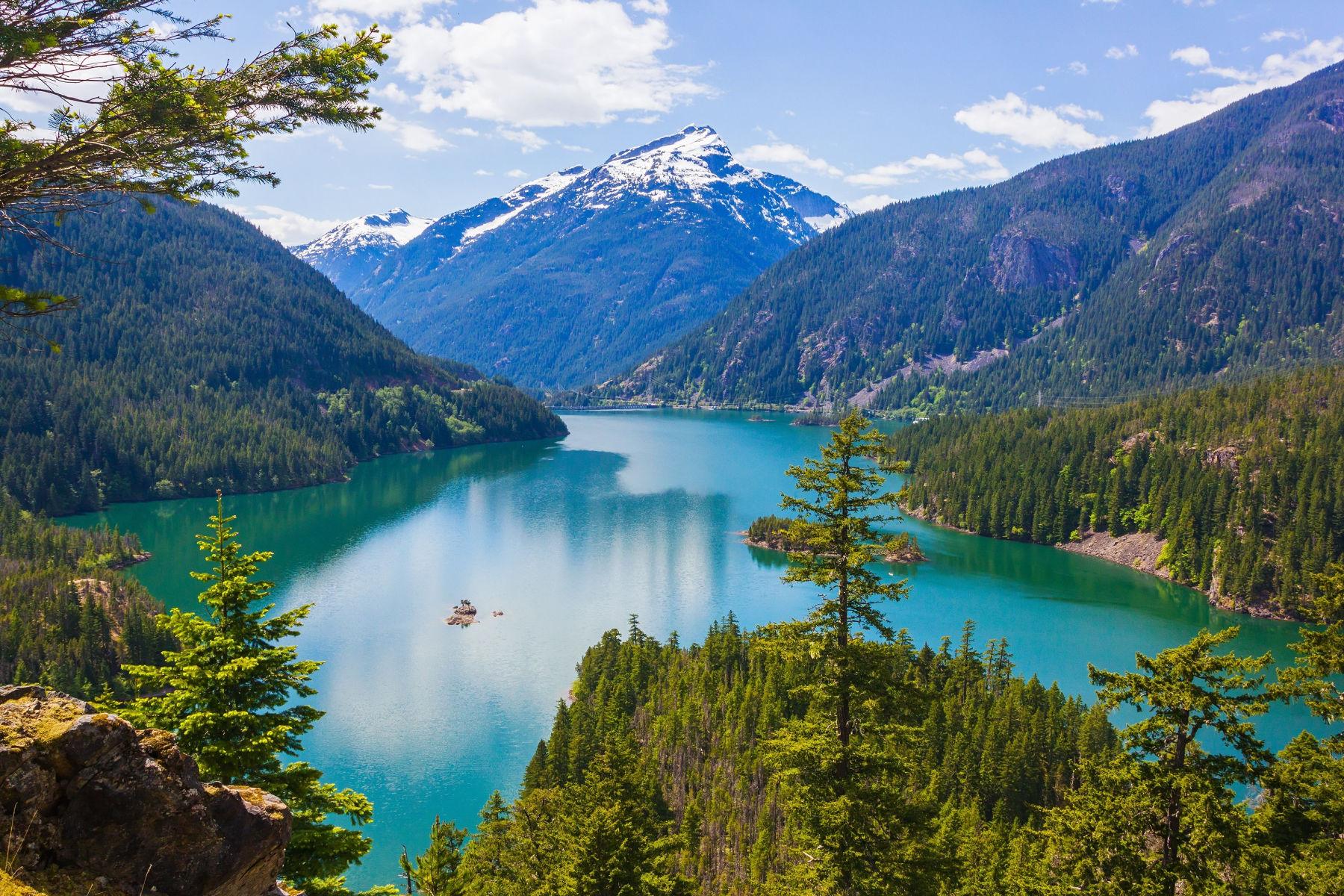
CHECK OUT: 11 AMAZING Acadia National Park Facts
2. The Earliest Peoples To Inhabit The Area Included Four Groups Of Native Americans
As I research the history of these amazing places, I love learning about the earliest peoples who lived there. Among the more intriguing of the North Cascades National Park Facts is the story of its earliest peoples and their impact.
There were primarily four bands that occupied North Cascades National Park: the Upper Skagit, the Chilliwack, the Nlaka’pamux (Lower Thompson), and the Chelan.
Chelan and Upper Skagit groups used Cascade Pass regularly as a trade route through the mountains. They called the pass Stehekin, “the way through.”
The Upper Skagit people reportedly cached canoes at the head of Lake Chelan to use in their trips southward down the lake.
The mountains were inhabited mainly in summer and fall, when milder weather and melting snows permitted access into the high country.
It’s important to note that there were no absolute boundaries for these groups, however, and tribal boundaries did overlap as much trade occurred between tribes.

Home To Many Different Tribes
The North Cascades is home to many different tribes, including the Nlaka’pamux, Okanagan, Skagit, Lummi, and other tribes that have lived in the region for thousands of years.
They have a deep spiritual connection to the land and its resources, and their traditional ecological knowledge has played an important role in understanding and managing the park’s resources today.
Today, many tribes continue to have a presence in the North Cascades region and play an important role in the park’s management through cultural and natural resource programs, traditional ecological knowledge, and tribal consultation.
CHECK OUT: 14 AMAZING Facts About Biscayne National Park
3. A Scottish Explorer Was The First Non Indigenous Person Known To Have Visited North Cascades
Another fascinating North Cascades National Park Fact has to do with the first non Native American to spend time in the area. He was a Scottish explorer by the name of Alexander Ross.
According to the National Park Service, Ross first immigrated into Canada. He taught school there for several years.
In 1810, he joined John Jacob Astor’s Pacific Fur Company. Ross arrived at the mouth of the Columbia aboard the Tonquin in 1811.
That same year he and others traveled up the Columbia and established Fort Okanogan in an effort to gain supremacy over the North West Company in the interior.

John Jacob Astor
As for John Jacob Astor, he was a German American businessman, merchant, real estate mogul, and investor who made his fortune mainly in a fur trade monopoly, by smuggling opium into China, and by investing in real estate in or around New York City.
Astor was the first prominent member of the Astor family and the first multi-millionaire in the United States. His American Fur Company is considered the first American business monopoly.
If you’re interested in learning more about America’s very first millionaire then I recommend: John Jacob Astor: America’s First Multimillionaire by Axel Madsen.
Ross Was The First To Cross The North Cascades
In 1814, Alexander Ross set out to cross the unknown country of the North Cascades. His purpose was to determine if a feasible route lay between the North West posts in the interior and Puget Sound.
Until then one had to travel a roundabout journey down the Columbia to Astoria, then up the coast (preferably by sea) to reach Vancouver Island and Puget Sound.
Alexander Ross was the first white to cross the North Cascades thereby earning himself a place in the region’s history.
He did not, however, succeed in reaching Puget Sound which was his objective: “I and others had contemplated for some time before, that was of penetrating across land from Ockinacken due west to the Pacific on foot.”
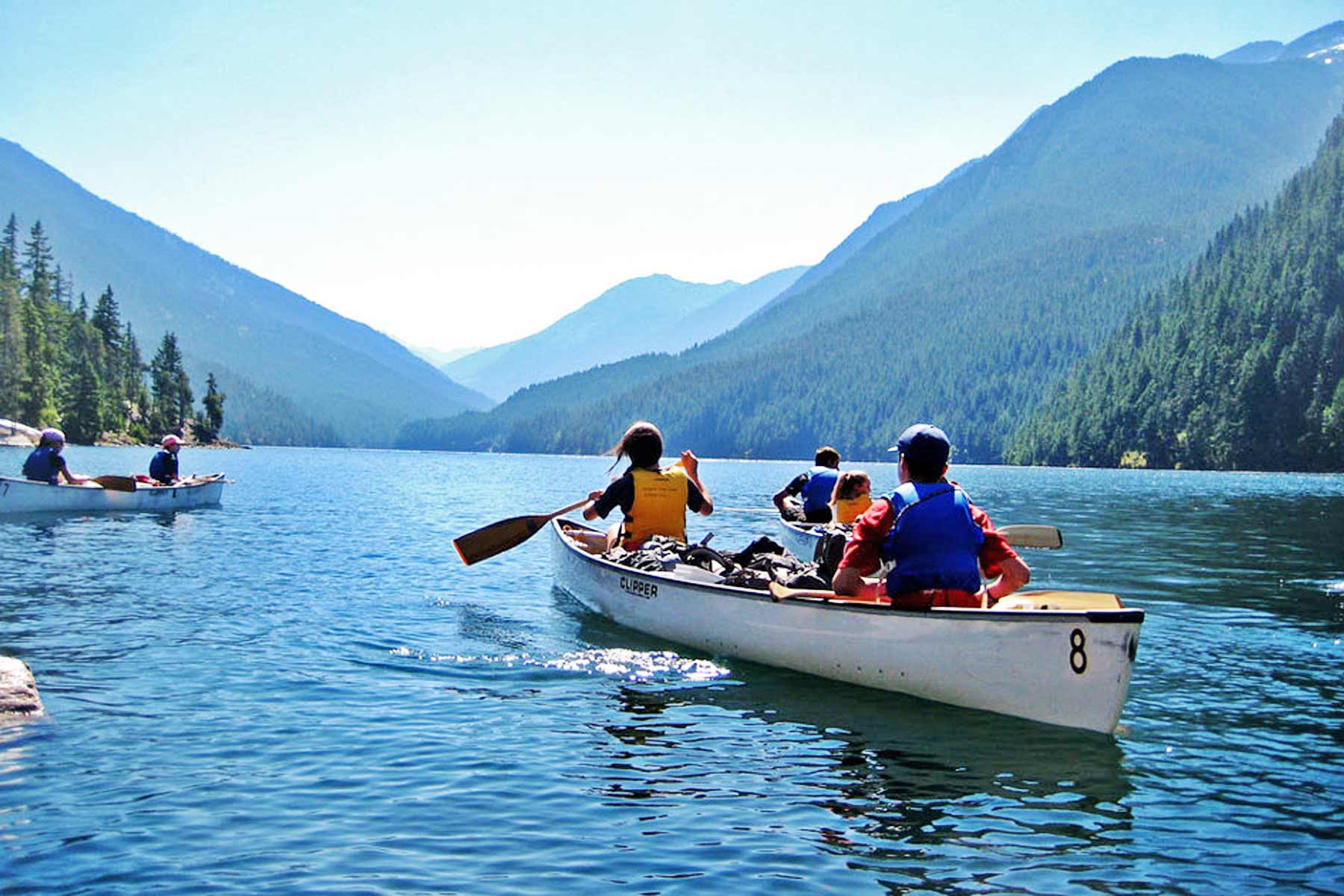
CHECK OUT: 12 SURPRISING Channel Islands National Park Facts
4. The First Proposal To Establish A National Park Was In 1892
North Cascades National Park was not established until 1968, but one of the most interesting of the North Cascades National Park Facts has to do with the earliest efforts to establish a national park there.
Over seventy-five years before the actual establishment of the park, a group of central Washington citizens issued the first proposal to establish a national park for Lake Chelan.
Commercial interests in the region, however, did not share the group’s opinion.
Local boosters represented by Chelan land developer L.H. Woodin, for example, railed against the notion of a national park.
Echoing traditional western sentiments, Woodin argued that a park would restrict unfairly an individual’s right to use land for his own commercial gain.
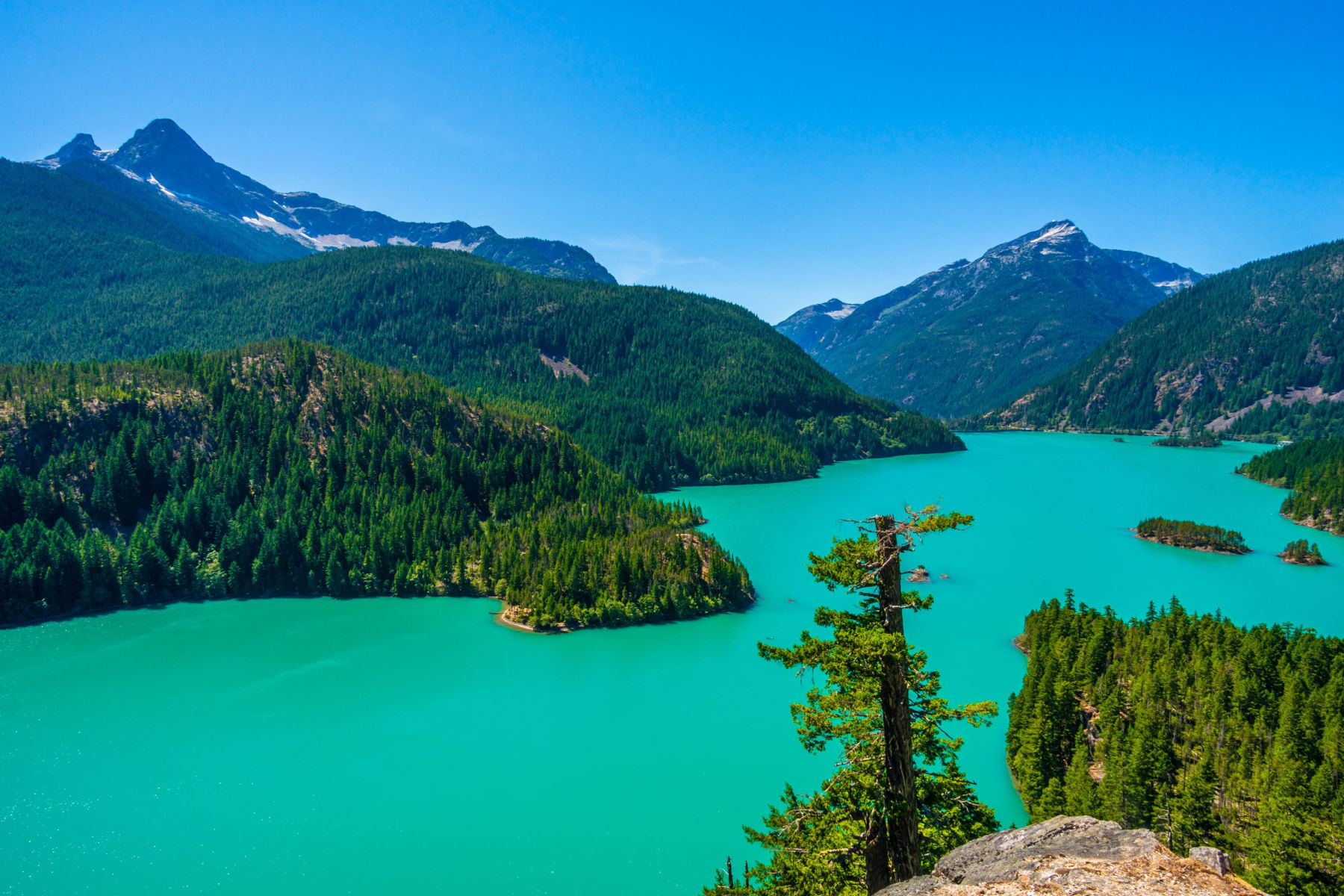
Public Domain Was An American Birthright
In the early days of conservation and environmentalism, Woodin believed that the public domain was an American birthright and that the abundance of free or cheap land was important for future growth.
He believed that the natural resources and scenery of the Lake Chelan area were crucial for attracting settlers, and that the area should be used for both business and pleasure.
As a result, he opposed the idea of creating a park in the area and encouraged others to do the same.
This early opposition set a precedent for future opposition to the park idea in the Northern Cascades.
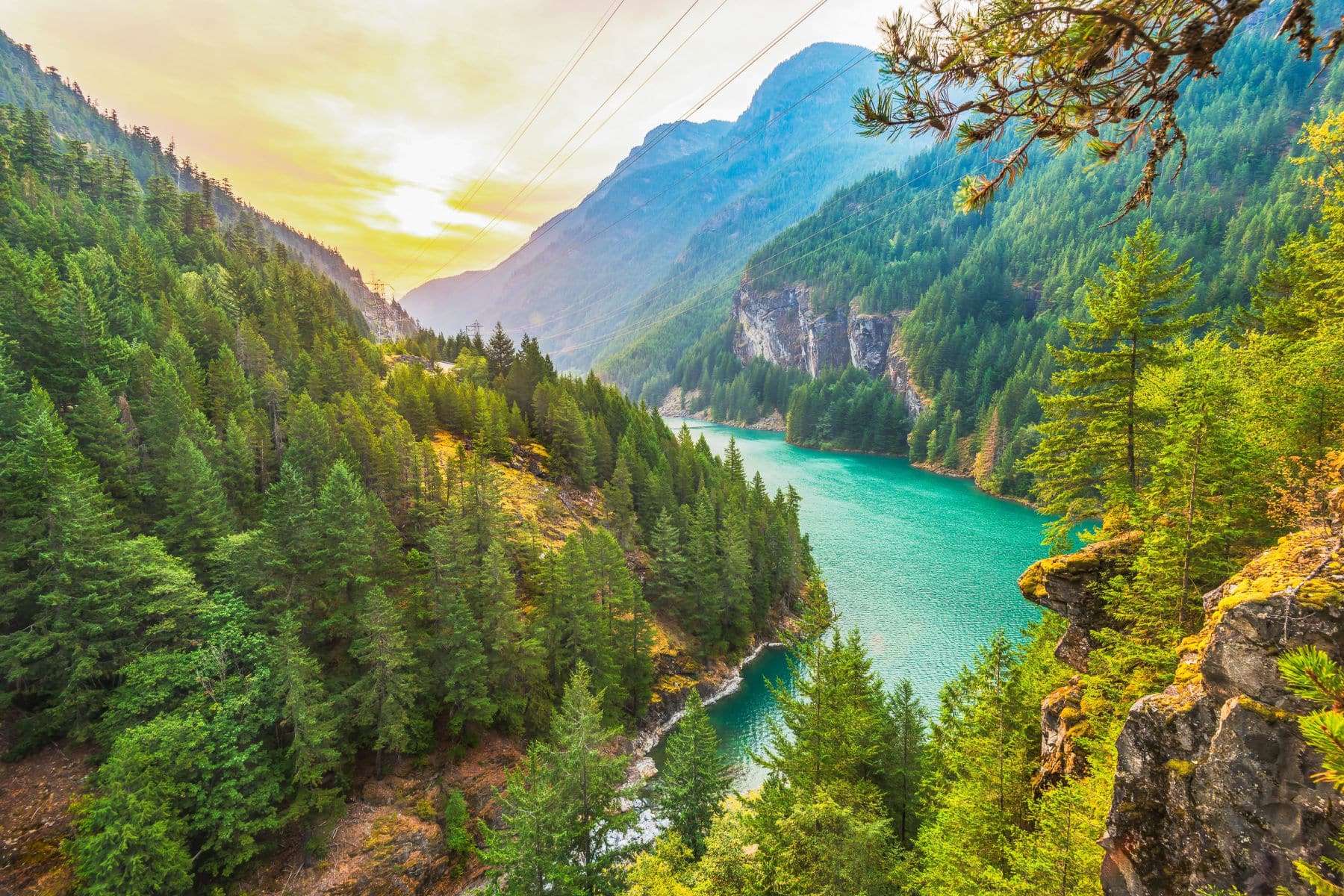
CHECK OUT: 10 SURPRISING Congaree National Park Facts
5. A Renowned Painter Was The “Father Of North Cascades National Park”
What I enjoy most about researching and writing these wonderful articles for More Than Just Parks is learning the stories of the amazing men and women who made these magical places possible for the rest of us to enjoy.
One of the lesser known North Cascades National Park Facts pertains to the old saying that “A picture is worth a thousand words.” Or, in this case, a painting.
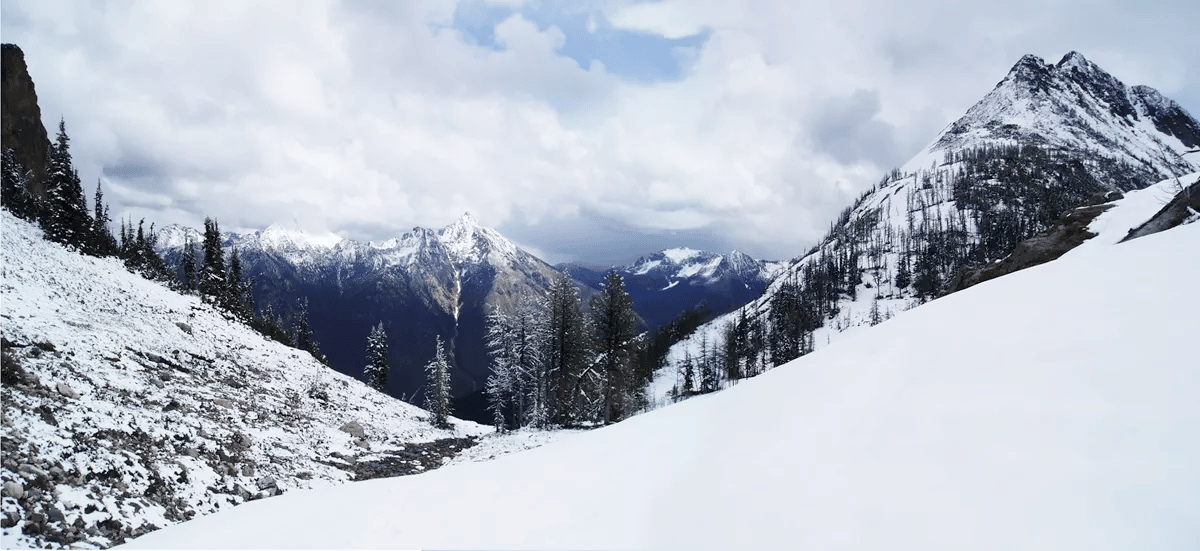
Enter Julian Edward Itter
Julian Edward Itter, internationally renowned for his Impressionism-style landscape paintings, came to Spokane, Washington, in 1912. He resided there for more than a year.
Itter had been contracted by the Milwaukee Railroad to produce a series of canvases of the Bitterroot Mountains as part of an advertising campaign to illustrate scenery along a proposed transcontinental line from Chicago through Spokane to Seattle.
No region would have such a profound impact on his artistic career than that of Lake Chelan.
When Itter descended into this region, he was instantaneously transfixed by its array of forests, glaciers, waterfalls, valleys, and jagged mountain tops.

The 1904 World’s Fair
Julian Itter was asked by the Washington State delegation to produce a series of paintings highlighting the scenery of the state, particularly Lake Chelan, for the 1904 St. Louis World’s Fair.
The exhibit was a huge success and helped increase the popularity of the area. In 1906, Itter worked with outdoor groups and commercial clubs throughout the state to adopt resolutions for preserving a 300 square mile tract of land above the northern head of Lake Chelan as a national park.
Despite generating support from businesses, his plan was not successful as residents from nearby towns sided with potential mining interests over tourism for their economic sustainability.
Eventually, the Lake Chelan region was preserved as part of the North Cascades National Park Service Complex in 1968.
For his role in promoting preservation in the region, Julian Itter is known as “The Father of North Cascades National Park.”
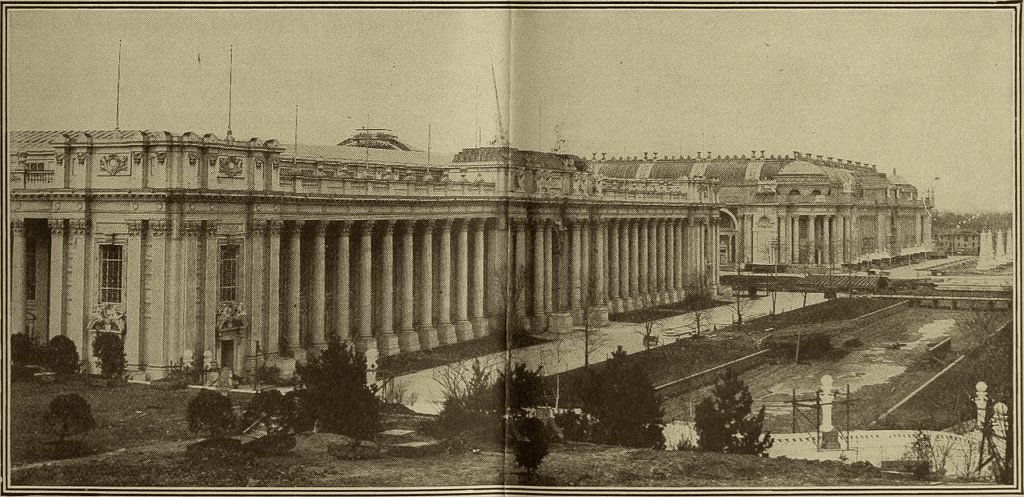
CHECK OUT: 15 (FASCINATING) Death Valley National Park Facts You Probably Didn’t Know
Top 11 North Cascades National Park Facts
6. The Earliest Advocates For A National Park At North Cascades Included A Conservation Legend
Many of the people whose efforts make possible America’s national parks are folks most of us have never heard of. Many, but not all of them.
If you’re someone who believes in conservation and knows a little something about its history then you may have heard of the next person who played an important part in the story of North Cascades National Park.
He’s considered by many to be the father of the modern environmental movement. Now do I have your interest?
Of course, the man whom I’m referring to is Berkeley native David Brower.
Brower led the Sierra Club as its first executive director from 1952-1969.
He was instrumental in gaining passage of the Wilderness Act of 1964, which protects millions of acres of public lands. Of course, David Brower did much more than that.
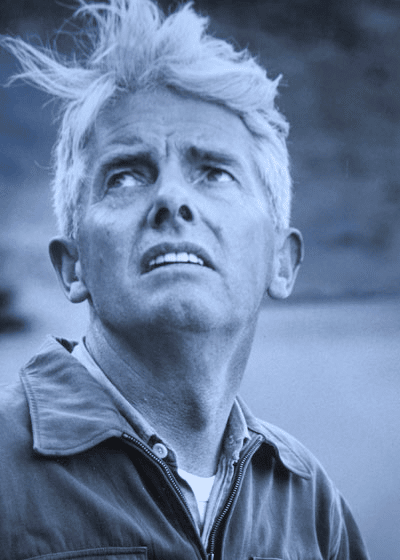
An Amazing Legacy
David Brower fought successfully to stop dams in Dinosaur National Monument and Grand Canyon National Park.

He led campaigns to establish 10 new national parks and seashores, including Kings Canyon, North Cascades, and Redwood National Parks, and Point Reyes and Cape Cod National Seashores.
After leaving the Sierra Club, Brower founded Friends of the Earth, a worldwide environmental network active in 52 countries, co-founded the League of Conservation Voters, the nation’s most influential environmental political action group, and in 1982, founded Earth Island Institute, an organization that supports and fosters environmental activist projects worldwide.

“For years, Brower and the Sierra Club fought against the construction of the dams and, in 1956, Congress finally eliminated the project. Many historians see Brower’s early success as a turning point for the environmental movement, eventually leading to landmark protections such as the Wilderness Act of 1964.”
-benjamin goulet, Fighting for the Wild Places: The Life and Legacy of David Brower
The Heir To Henry David Thoreau & John Muir
In many ways, David Brower was a twentieth-century Henry David Thoreau.
When it comes to his role in leading the Conservation Movement, however, others have compared Brower to the man who founded the Sierra Club – John Muir.
Brower transformed the Sierra Club into a national force that challenged and stopped federally sponsored projects that would have dammed the Grand Canyon and destroyed hundreds of millions of acres of our nation’s wilderness.
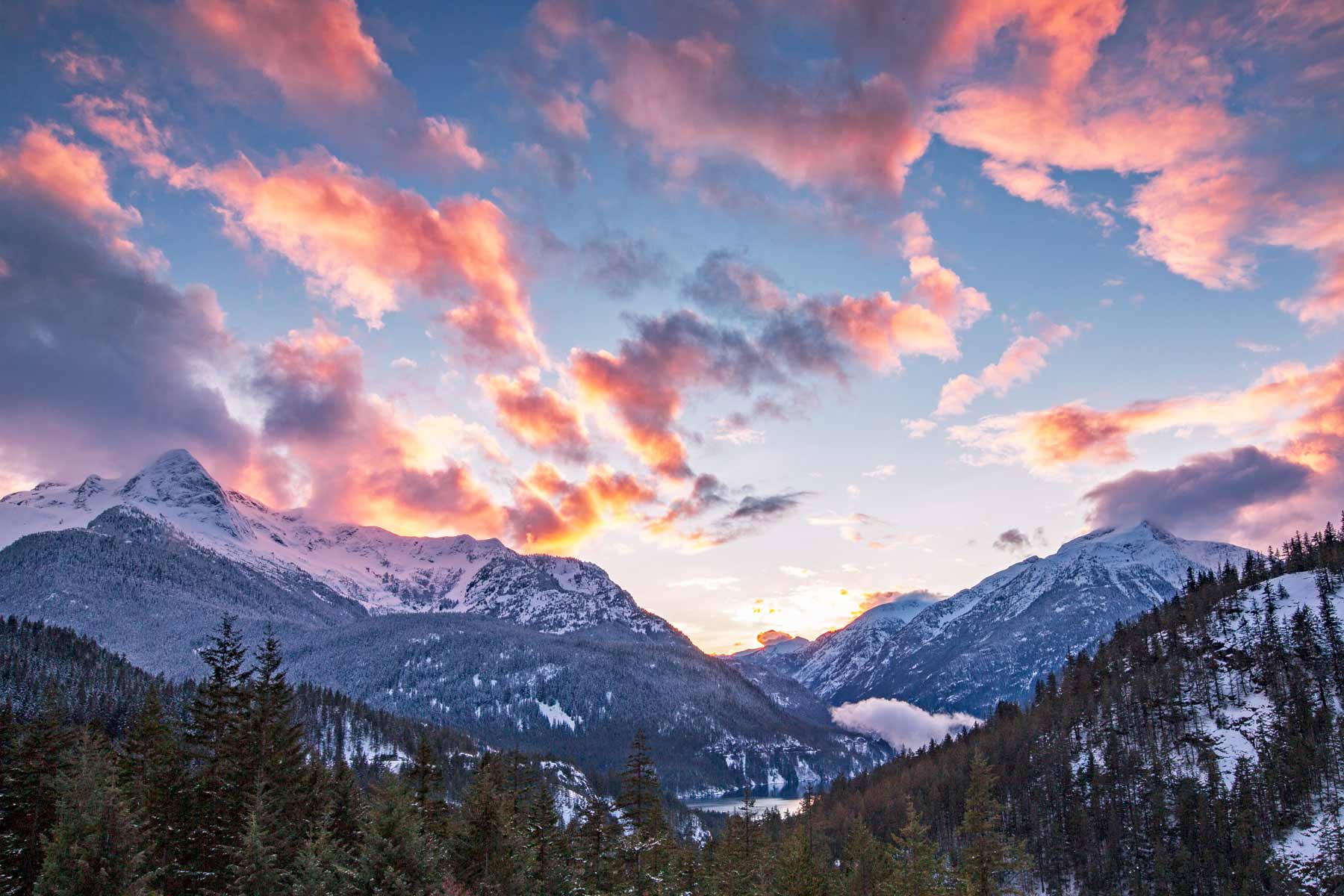
“We don’t inherit the earth from our ancestors, we borrow it from our children.” “We must begin thinking like a river if we are to leave a legacy of beauty and life for future generations.”
-david brower
A Cultural Icon
As mentioned above, Brower helped to win protection for Kings Canyon, North Cascades, and Redwood National Parks, along with Point Reyes and Cape Cod National Seashores.
By the end of the 20th century, he was a cultural icon. He’d written three autobiographies, been profiled by dozens of magazines, and been nominated three times for the Nobel Peace Prize.
Among his many awards was the international Blue Planet Prize in 1998, for his contributions to solving global environmental problems.
To learn more about the man who many consider one of the greatest conservationists and environmentalists of all time, I recommend: David Brower: The Making of the Environmental Movement by Tom Turner.

CHECK OUT: 11 SURPRISING Everglades National Parks Facts
7. Goode Mountain Is The Tallest Mountain In The North Cascades
If you like to climb then this next North Cascades National Park Fact is for you. Attention all climbers: Goode Mountain is the tallest mountains in the North Cascades.
It’s more commonly referred to as Mt. Goode and is one of the monarchs of the Cascades.
As a matter of fact, it’s one of ten non-volcanic peaks in Washington State above 9,000 feet in height.
Other mountains in the park include Buckner Mountain (9,114 feet), Mount Logan (9,087 feet), Black Peak (8,970 feet), Boston Peak (8,894 feet), Eldorado Peak (8,868 feet) and Forbidden Peak (8,815 feet).
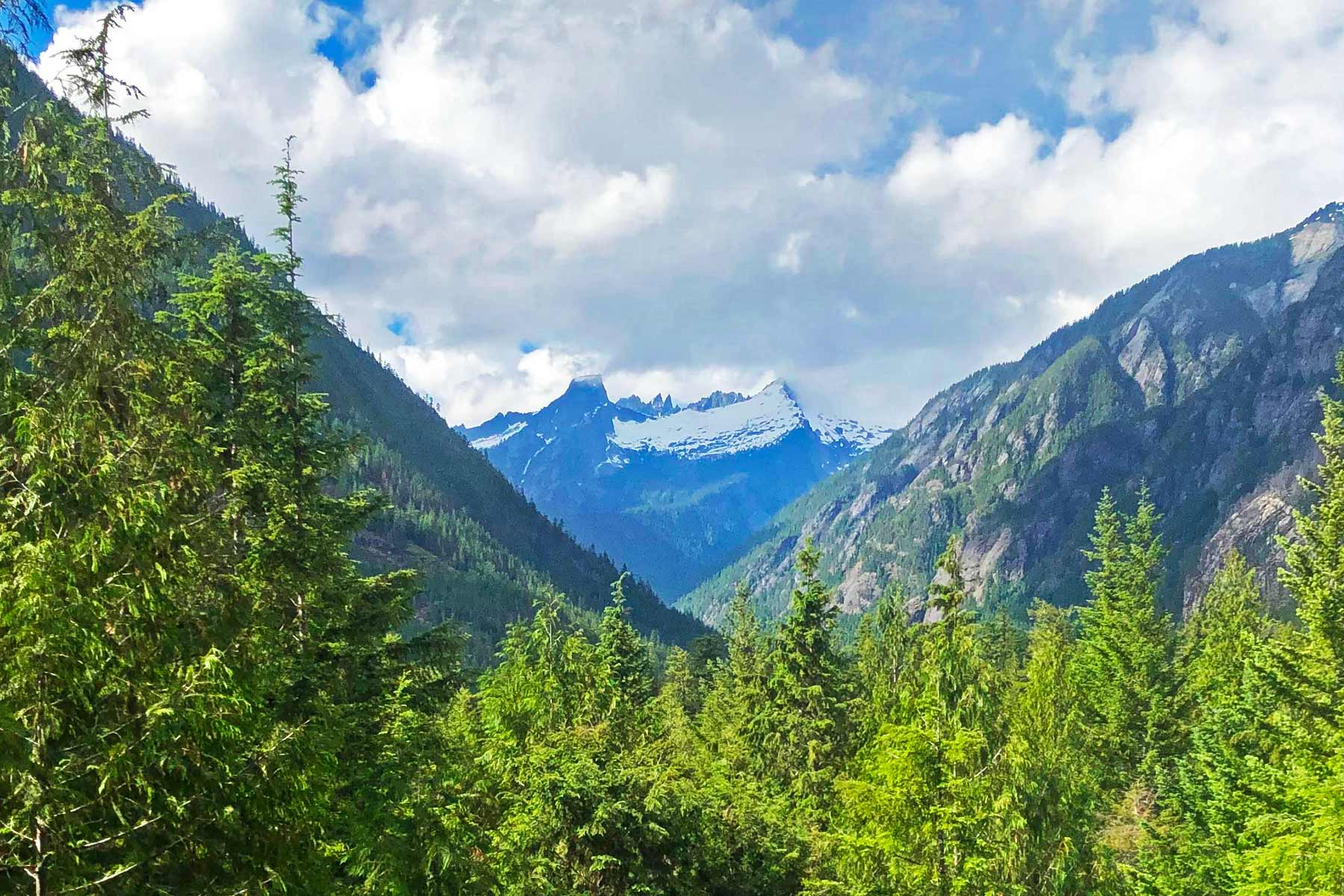
CHECK OUT: A Brief (& Informative) History Of America’s National Park Rangers
8. At North Cascades, You’ll Find Wildlife That’s Less Common Than In Other Parts Of Washington
If you love watching wildlife that’s hard to see elsewhere in the state of Washington than our next North Cascades National Park Fact is one you’ll particularly enjoy.
The North Cascades wilderness is home to a diverse array of wildlife, including species that are less common in more populated areas of Washington state.
There are 75 mammal species in 21 families that can be found in the North Cascades.
Three species, the gray wolf, grizzly bear, and Canada lynx, are listed as “threatened” or “endangered” under the Endangered Species Act. These species are all associated with rugged, wilderness terrain and are emblematic of the need for large, contiguous areas of undisturbed wilderness for their survival.
Other species that have been documented in the North Cascades include the black bear, wolverine, river otter, cougar, lynx, and bobcat.

9. North Cascades Has More Plant Species Than Any Other National Park
One of the most interesting of the North Cascade National Park Facts has to do with the park’s plants.
Believe it or not, North Cascades has more plant species in its boundaries than any other national park in America.
As a matter of fact, North Cascades is nearly unsurpassed in its botanical diversity.
Extreme variation in rock and soil types, exposure, slope, elevation, and rainfall create many diverse habitats within a relatively small area.
About 1,630 vascular plant species have been identified in the park’s eight different life zones.

10. North Cascades Has More Than 300 Glaciers
North Cascades National Park is known for its glaciers.
In fact, there are more than 300 glaciers in North Cascades National Park. This is equal to one third of the glaciers found in the lower 48 states. That’s a lot of glaciers!
Now you may be asking yourself how these titanic structures come into being. Glaciers form when more snow accumulates in winter than melts or evaporates during the following summer. As the snow compacts into ice, it slowly moves downhill. As glaciers move, they gouge and scrape the land redefining the landscape.
The North Cascades glaciers have been shrinking dramatically during the last century, most likely due to the combined effects of less precipitation and warmer summers, which are attributed to global warming.
As glaciers retreat, it affects the ecosystem around it by changing soil development and vegetation distribution. Glaciers serve as indicators of climate change, reflecting changes in temperature and precipitation.
The loss of glaciers also affects aquatic life as pollutants that wash into mountain lakes and streams from the glaciers can enter the food chain.
As glaciers continue to disappear, it could result in difficulties for species such as salmon and other aquatic life, as well as plant and animal life in the area.

11. North Cascades National Park Is Renowned For Its Climbing Terrain
For the last of our North Cascades National Parks Facts, I thought it would be a great time to get high. Of course, what I’m referring to is climbing.
North Cascades National Park is renowned for its climbing terrain, which offers routs of various difficulty, from classic mixed mountaineering routes to technical rock climbing and scrambling.
As a matter of fact, North Cascades National Park contains some of the best alpine climbing in North America.
The park offers both climbing courses and custom guided programs in the “Alps of North America”.
Popular routes include Mount Shuksan, Eldorado, and the Boston Basin area.
Of course, if you are planning a climb then I recommend checking out the National Park Service’s recommended routes on planning a climb page.

Why Trust Us About North Cascades National Park?
We’re Jim Pattiz and Will Pattiz, collectively known as the Pattiz Brothers (and sometimes the Parks Brothers) and we absolutely LOVE the national parks.
You should probably know that we don’t just make this stuff up out of thin air. We’ve spent our entire adult lives exploring and filming America’s national parks and public lands.
We’ve worked with the National Park Service, the Department of Interior, USDA, and the U.S. Forest Service for years creating films on important places and issues. Our work has been featured in leading publications all over the world and even some people outside of our immediate family call us experts on the national parks.

Meet The Parks Brothers
Map Of North Cascades National Park
List Of North Cascades National Park Facts
- North Cascades Features 260 Prehistoric Sites
- The Earliest Peoples To Inhabit The Area Included Four Groups Of Native Americans
- A Scottish Explorer Was The First Non Indigenous Person Known To Have Visited North Cascades
- The First Proposal To Establish A National Park Was In 1892
- A Renowned Painter Was The “Father Of North Cascades National Park”
- The Earliest Advocates For A National Park At North Cascades Included A Conservation Legend
- Goode Mountain Is The Tallest Mountain In The North Cascades
- At North Cascades, You’ll Find Wildlife That’s Less Common Than In Other Parts Of Washington
- North Cascades Has More Plant Species Than Any Other National Park
- North Cascades Has More Than 300 Glaciers
- North Cascades National Park Is Renowned For Its Climbing Terrain
We Hope You’ll Follow Our Journey

Helpful Related Articles
Best Hikes North Cascades: 15 Amazing Hikes in North Cascades National Park
Things to Do North Cascades: 20 Epic Things to Do in North Cascades National Park
Best Hikes at Do Mount Rainier: 20 Best Hikes at Mount Rainier National Park
Visiting Paradise Mount Rainier: 15 Reasons Paradise Mt Rainier is the Most Beautiful Place in America
Mount Rainier Facts: 15+ AMAZING Mount Rainier Facts (Interesting Trivia + Quick Facts)
Washington National Parks: Washington’s National Parks Ranked Best in the World
Things to Do Olympic National Park: 20 Best Things to Do at Olympic National Park
Olympic NP Guide: Comprehensive Guide to Olympic National Park
Best Hikes Olympic NP: 9 Epic Olympic National Park Hikes
National Parks Rankings: ALL 63 US National Parks Ranked By Experts
Most Visited National Parks: Top 10 Most Visited National Parks
Least Visited National Parks: Top 10 Least Visited National Parks

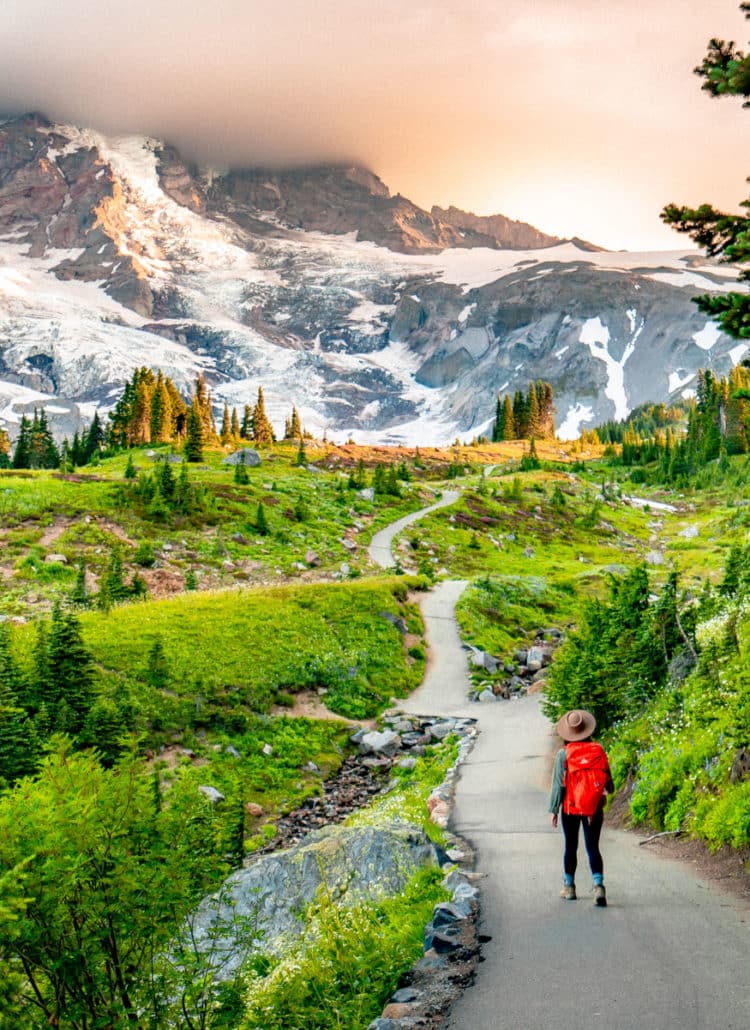
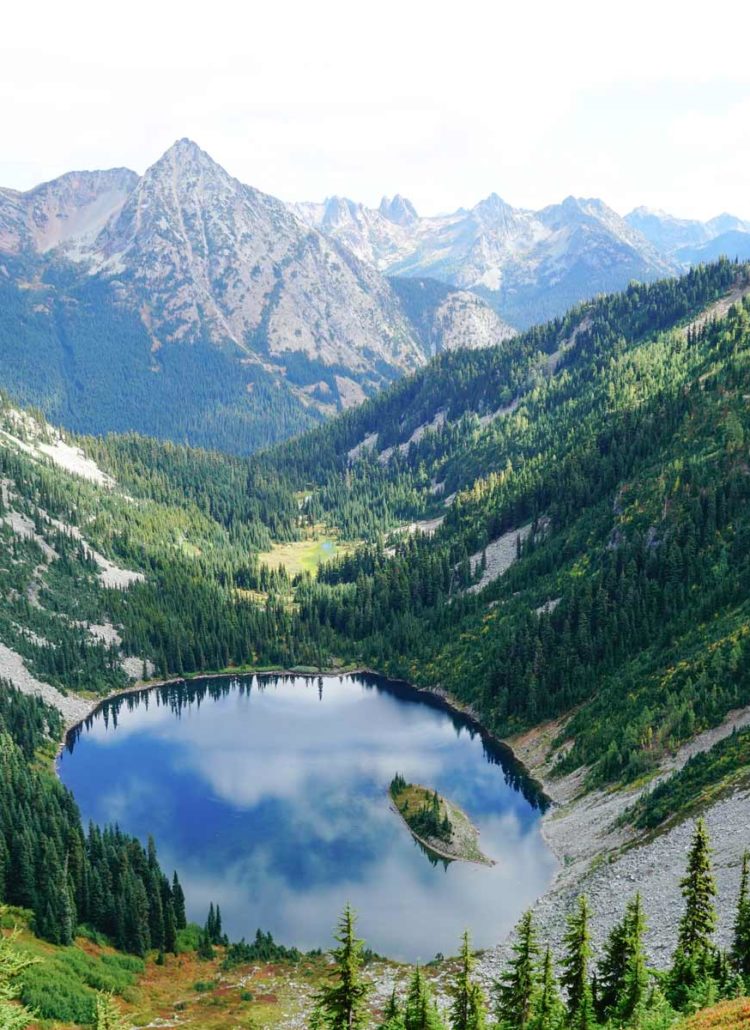
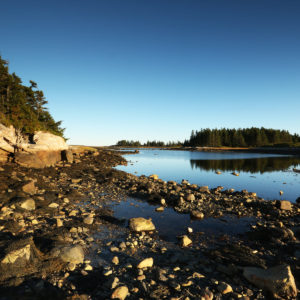

Leave a Reply